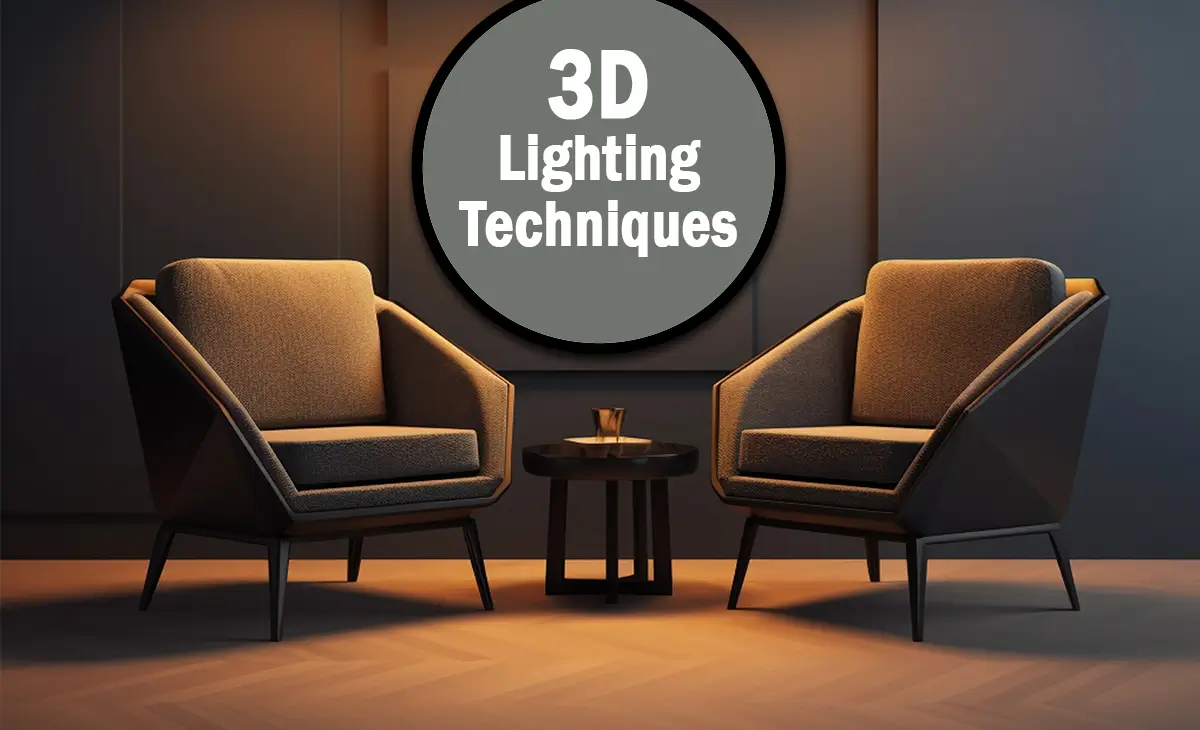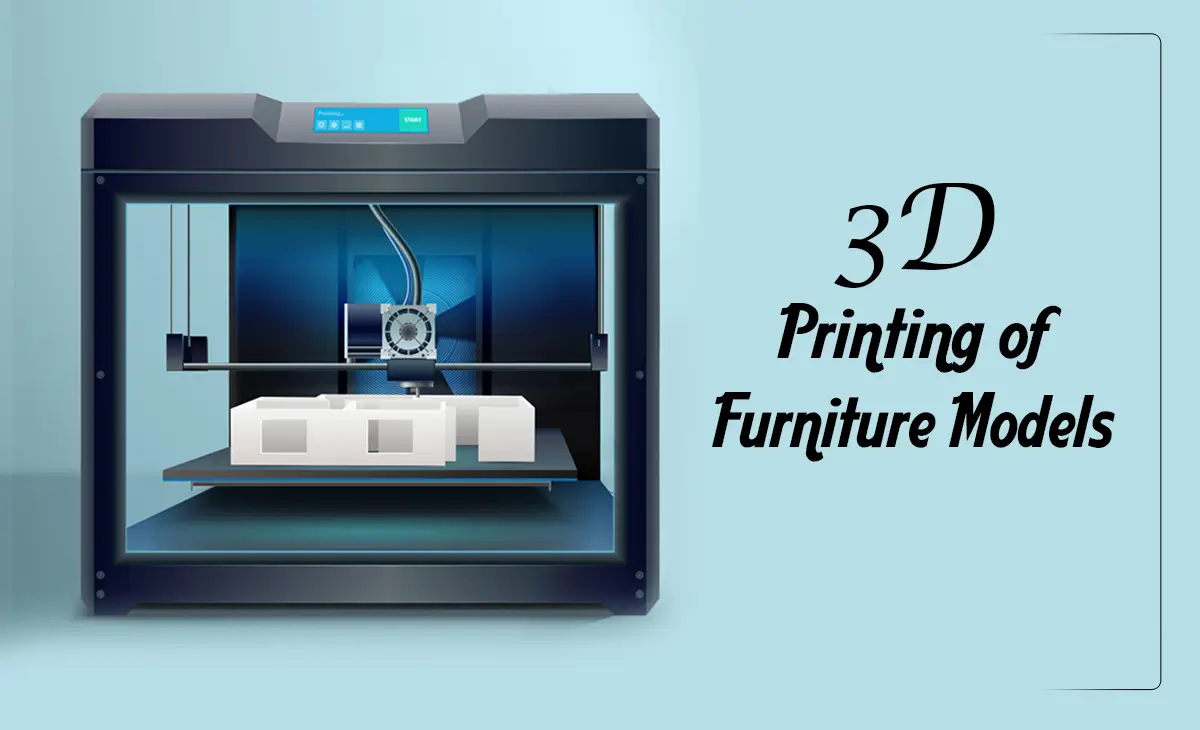Best 3D Lighting Techniques
Effective lighting is essential for producing high-quality, photorealistic 3D renders. It makes objects visible and adds atmosphere and depth, bringing a sense of realism to 3D models. Proper lighting can enhance the appeal and emotionally connect with the target audience for businesses aiming to create compelling product images, particularly lifestyle visuals.
Insufficient lighting, whether too dim or overly bright, can detract from the quality of a render, making products appear flat or unappealing. By using the right 3D lighting techniques, companies can ensure their product visuals are realistic and visually striking, helping to captivate and engage potential buyers.
What is 3D lighting?
3D lighting is an application that creates three-dimensional scenes, such as lighting and environment, using computer-generated techniques. It is mostly used by professionals who create a digital scene before making it realistic. They use specialized software to illuminate the scene. It is the most useful way to assess the whole environment of the room before application. We are discussing some most useful 3D lighting techniques here.
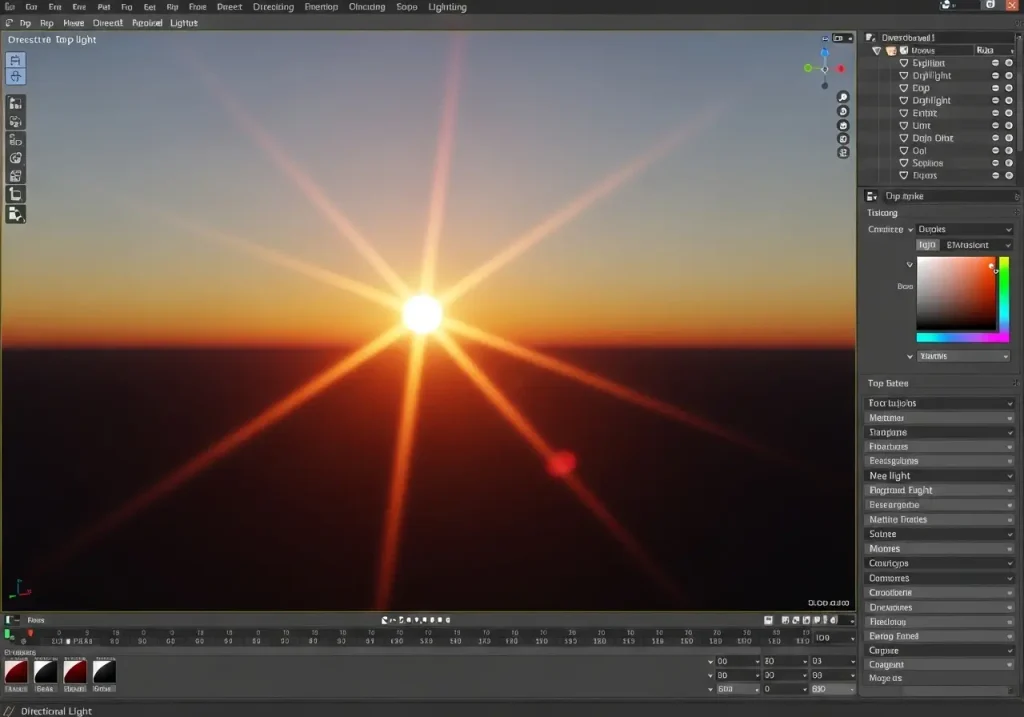
Directional Lighting
This directional lighting mimics direct, parallel rays originating from a strong light source that in most cases reflects the sun’s role in real-life scenes. One of the lighting that is being used by most 3D renders, where takes the role of the primary simulations. The brightness and color of the top light can be fine-tuned through specific settings or by repositioning the top directional lamp in most 3D software. The light source can be closer to a 3D scene for harsh illumination or farther away, which is softer and more akin to what sunlight does.
The degree of direction you have over directional light will vary from one 3D program to the next. For example, you can change the type of lighting and move it along a single axis in 3D Max. This light is located in its highest point (zenith), it recreates pure white daylight around the middle of each day. The angle fades further downward and the light shifts to an orangey-red, such as you might see in the warm half-light of dawn or dusk—having shadows suddenly be long and demanding.
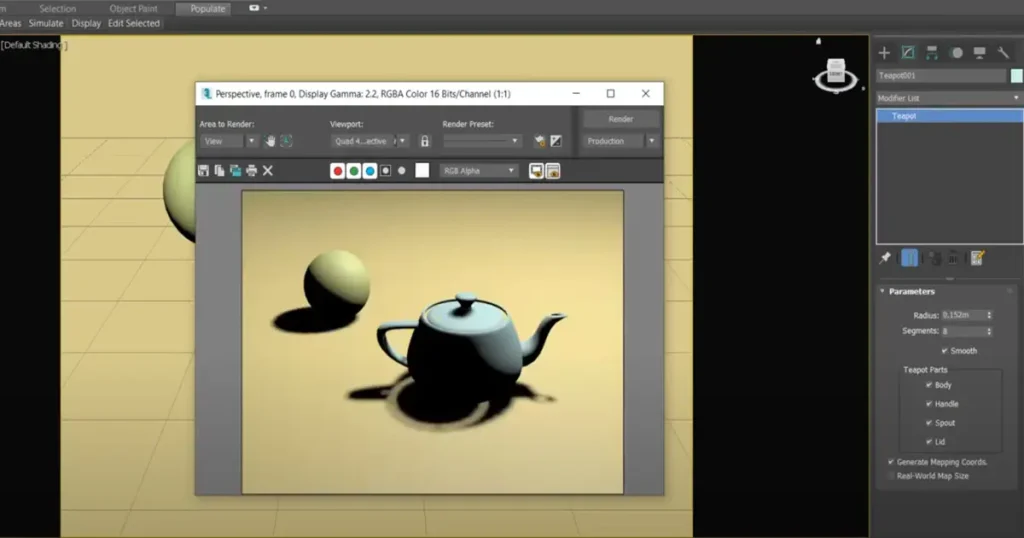
Point or Omni Lighting
Omni-directional point lighting used in 3D computer graphics is a basic method where light has the same intensity and color from everywhere to every direction, like a bulb. These lights are used to provide a narrow field of light for direct backlight and key light or highlight an object inside the frame. The other lamps are the talented area lights that localize their light from a more limited zone and create tones on both sides of an object with some softer details. Point lighting dims with distance, so objects near the light source will have more vibrant colors than ones further away.
Point lights are generally used for representing an object emitting light like a lamp, candle, or ceiling light. They can be used to highlight parts in a model, both characters and environments -giving them lots of versatility as for achieving real lighting effects. For instance, consider a 3D room with a light source on the inside of a lamp head. Anything in its vicinity will be illuminated as it lights up surrounding near-field objects while generating sharper shadows in projections closest to objects like.
Area Lighting
Area lighting in 3D rendering is a technique where light originates from a defined surface or shape, rather than a single point. This light source typically takes the form of a rectangle, square, or circle, creating a broader, softer spread of light compared to point or directional lights. Area lights are ideal for simulating large light sources like windows, softboxes, or overhead lights, and they help achieve realistic, diffused lighting effects in a scene.
A key characteristic of area lighting is its ability to produce soft, natural shadows. The larger the area of light, the softer and more gradual the shadows it casts, mimicking how light interacts in the real world. Because the light comes from a surface rather than a point, it spreads more evenly, reducing harsh contrasts and providing smoother transitions between light and shadow.
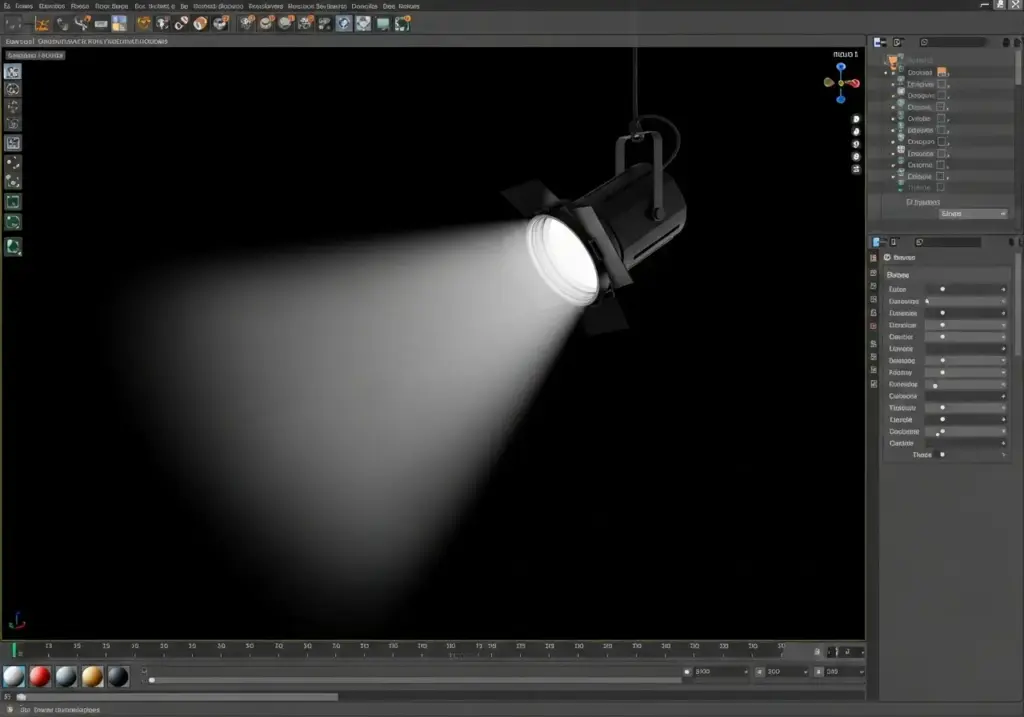
Spot Lighting
Spotlight is the most theatrical light among others. It is most used in theater illumination. Spotlights are highly directional and are typically used to highlight key elements, create dramatic effects, or simulate artificial light sources such as flashlights, street lamps, or stage lighting. The density and diameter of light can easily change with the use of software like 3DS Max, and Maya.
In 3D renders, spotlights are commonly used in scenes where specific areas or subjects need to be emphasized, providing both functionality and creative flexibility. By adjusting the light’s position, intensity, and angle, spotlighting allows for precise control over the mood, depth, and focus of the rendered scene
Global Illumination
Although more advanced than other techniques, global illumination sweetens the overall lighting of a 3D environment or scene, ensuring the light appears natural and preserves the space’s authenticity.
To create this effect, a 3D artist uses software with algorithms that calculate direct light sources and simulate how light bounces off surfaces from various angles. This process mimics realistic lighting conditions, making it ideal for producing scenes that replicate different times of day or night.
Conclusion:
3D lifestyle renders introduce a more cost-effective alternative to traditional product photoshoots. Static images with a white background don’t look eye-soothing but lifestyle renders make images realistic and can connect with consumers.
To create high-quality 3d rendering techniques you need advanced 3d modeling skills, particularly lighting techniques. To achieve this, brands and eCommerce marketers should collaborate with professional 3D rendering studios. By leveraging their expertise, brands can create visually engaging and emotionally impactful product visuals that stand out in today’s competitive digital market.


